Home>diy>Building & Construction>How To Repair Pier And Beam Foundation
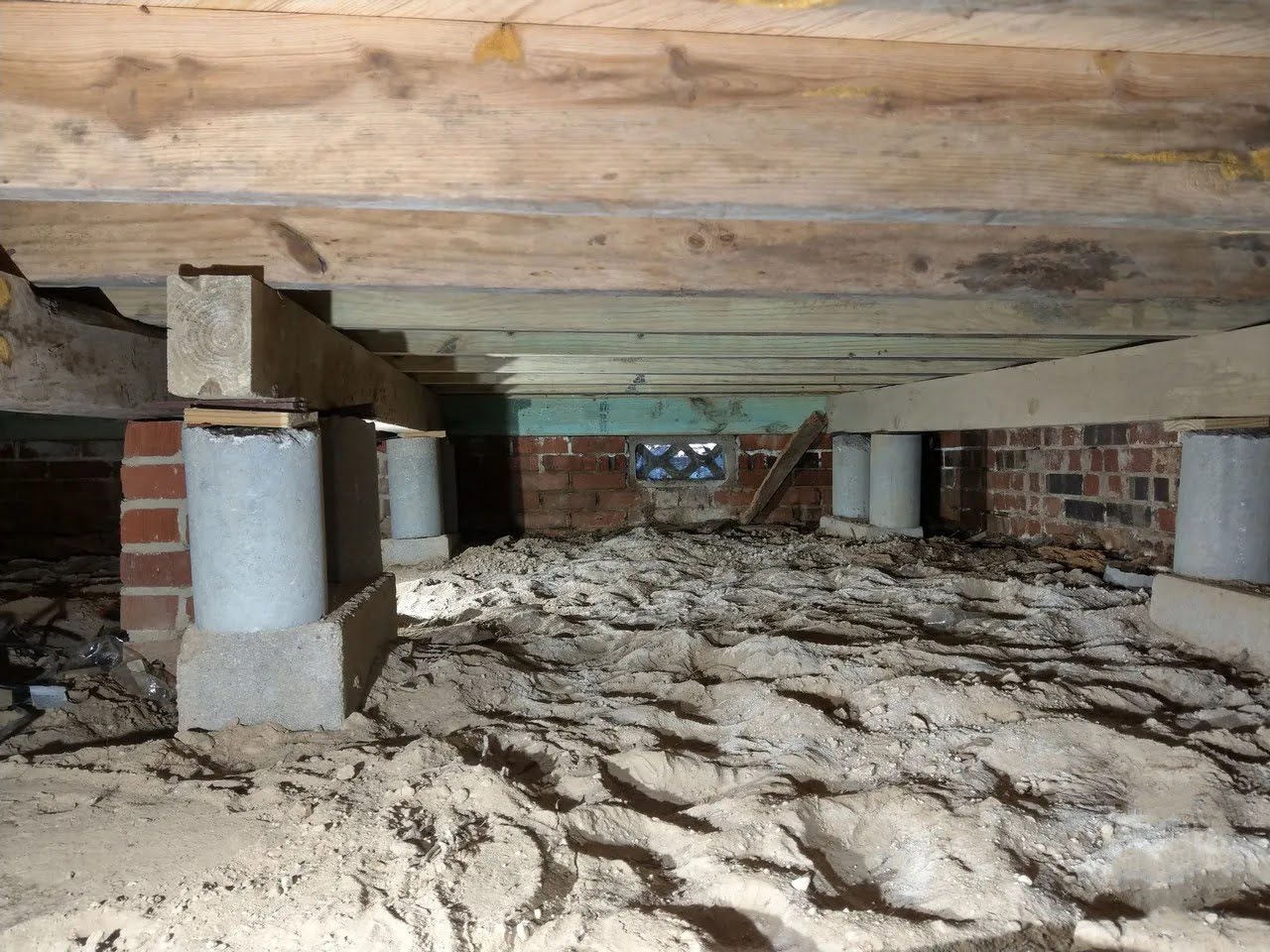

Building & Construction
How To Repair Pier And Beam Foundation
Modified: October 18, 2024
Learn how to repair pier and beam foundation in building construction. Expert advice and tips to fix and restore the stability of your structure.
(Many of the links in this article redirect to a specific reviewed product. Your purchase of these products through affiliate links helps to generate commission for Storables.com, at no extra cost. Learn more)
Introduction
Welcome to our comprehensive guide on how to repair a pier and beam foundation. If you are a homeowner or a building contractor with knowledge of construction, you may have come across pier and beam foundations. These types of foundations are commonly used in residential and commercial buildings and offer a more versatile and flexible alternative to traditional concrete slab foundations. However, like any structure, pier and beam foundations can suffer from damage over time due to various factors such as soil settlement, moisture issues, and natural wear and tear.
In this article, we will walk you through a step-by-step process of assessing and repairing common issues with pier and beam foundations. Whether you have noticed sagging floors, uneven surfaces, or cracks in your walls, we will provide you with the knowledge and guidance to tackle these problems and restore the stability and safety of your structure.
Before we jump into the actual repair process, let’s take a moment to understand what pier and beam foundations are and why they are used.
Key Takeaways:
- Repairing a pier and beam foundation involves clearing the workspace, jacking up the foundation, replacing damaged piers, and addressing settling issues. It’s crucial to ensure proper leveling and implement preventative measures for long-term stability.
- The repair process for a pier and beam foundation requires careful assessment, precise adjustments, and proactive maintenance. Applying waterproofing sealant, ensuring proper drainage, and regular inspections are essential for preserving the foundation’s integrity.
Read more: How To Build Pier And Beam Foundation
Overview of Pier and Beam Foundation
A pier and beam foundation, also known as a post and beam foundation, is a type of foundation commonly used in buildings. It consists of a series of vertical piers, often made of concrete or wood, supporting horizontal beams that distribute the weight of the structure to the ground. This foundation design offers several advantages over traditional concrete slab foundations.
One of the primary advantages of a pier and beam foundation is its versatility. Unlike a concrete slab foundation, which is typically one solid piece, a pier and beam foundation allows for adjustments and modifications. This makes it easier to level the floor if settling occurs or to access utility lines and plumbing beneath the structure.
Additionally, pier and beam foundations provide better insulation against moisture. The open crawl space created by the elevated structure allows for airflow and can help prevent moisture buildup. This can be beneficial in areas with high groundwater levels or where frequent flooding may occur.
Another advantage of a pier and beam foundation is that it can provide better support on uneven or unstable soil. By distributing the weight of the structure over multiple piers, the foundation can compensate for variations in the soil’s load-bearing capacity, reducing the risk of settlement or structural damage.
Pier and beam foundations are commonly used in regions with clay-rich soil, as these soils are prone to expansion and contraction with changes in moisture content. The elevated structure of a pier and beam foundation helps minimize the direct contact between the soil and the structure, reducing the risk of damage caused by soil movement.
However, despite their advantages, pier and beam foundations are not exempt from potential issues. Over time, factors such as shifting soil, inadequate drainage, or inadequate support can lead to problems such as sagging floors, cracked walls, and uneven surfaces. These issues require prompt attention and appropriate repairs to maintain the integrity and stability of the structure.
Now that we have a basic understanding of pier and beam foundations, let’s delve into some of the common issues that can arise and how to assess the extent of the damage.
Common Issues with Pier and Beam Foundation
While pier and beam foundations offer several advantages, they are not immune to issues that can arise over time. Here are some common problems that homeowners and building contractors may encounter when dealing with pier and beam foundations:
- Sagging Floors: One of the most noticeable signs of foundation problems is sagging or uneven floors. This can occur due to inadequate support from the piers and beams, which may have weakened or deteriorated over time.
- Settling: If the soil beneath the foundation experiences settling, it can cause the entire structure to sink unevenly, leading to cracks in walls, doors and windows that don’t close properly, and other structural issues.
- Moisture Issues: Prolonged exposure to moisture can lead to rotting or deteriorating wood beams and piers, which can compromise the structural integrity of the foundation.
- Inadequate Drainage: Poor drainage around the foundation can result in water pooling around the piers, causing them to weaken or sink into the soil.
- Poor Construction: If the initial construction of the pier and beam foundation was not done properly, it can result in subpar support and stability, leading to problems down the line.
It’s important to identify these issues early on and take the necessary steps to address them. Ignoring foundation problems can lead to more severe damage and potentially costly repairs in the future. In the next section, we’ll discuss how to assess the damage and determine the appropriate repairs needed for a pier and beam foundation.
Assessing the Damage
Before diving into the repair process, it is essential to assess the extent of the damage to your pier and beam foundation. This step will help you determine the appropriate repairs needed and ensure the long-term stability of your structure. Here are some key steps to follow when assessing the damage:
- Visual Inspection: Begin by visually inspecting the foundation and surrounding areas. Look for any obvious signs of damage such as cracks in walls, uneven floors, or doors and windows that no longer close properly. Take note of any areas where the beams or piers appear damaged, rotted, or out of alignment.
- Measurements and Leveling: Use a measuring tape or laser level to determine the extent of the settling or unevenness. Measure the height differences in various parts of the foundation to identify any significant variations. Uneven measurements can indicate areas that need attention and potential repairs.
- Water and Moisture Assessment: Check the crawl space beneath the structure for any signs of standing water or excessive moisture. Excessive moisture can indicate poor drainage or plumbing issues, which may have contributed to the foundation problems.
- Mold and Rot Detection: Look for any signs of mold growth or wood rot on the beams and piers. Mold or rot can weaken the structural integrity of the foundation and should be addressed promptly.
- Professional Inspection: If you are unsure about the extent of the damage or need expert advice, consider hiring a professional foundation contractor or structural engineer. They can conduct a thorough inspection, provide a detailed assessment, and recommend the appropriate repairs based on their expertise.
By carefully assessing the damage, you will have a clearer understanding of the issues affecting your pier and beam foundation. This knowledge will guide you in selecting the necessary tools and materials for the repair process. In the next section, we will discuss the tools and materials needed to successfully repair a pier and beam foundation.
Tools and Materials Needed
Repairing a pier and beam foundation requires the use of specific tools and materials to ensure a successful and long-lasting repair. Here are some of the essential items you will need:
Tools:
- Level: A level tool is crucial for identifying uneven spots and determining the levelness of the foundation.
- Tape Measure: Use a tape measure to take accurate measurements and track progress during the repair process.
- Hammer: A hammer will be necessary for demolishing damaged piers or beams and for securing new components.
- Chisel: A chisel comes in handy for removing any existing mortar or debris around the piers and beams.
- Hydraulic Jack: A hydraulic jack is essential for lifting and supporting the weight of the structure during the repair process.
- Shims: Shims are used to adjust and level the piers and beams, providing support and stability.
- Screwdriver and Drill: These tools are needed for removing and securing screws and bolts during the repair process.
- Safety Gear: Always prioritize safety and wear appropriate gear, such as gloves, safety glasses, and a dust mask, to protect yourself during the repair work.
Materials:
- Concrete: You will need concrete to pour new footings for the piers or to create new piers if necessary.
- Lumber: Depending on the extent of damage, you may need to replace damaged beams with new wooden or steel beams.
- Gravel: Gravel is used for creating stable and well-drained footings for the piers.
- Mortar: Mortar is used to secure the piers and beams in place and fill any gaps or cracks.
- Shims: Shims, typically made of wood or metal, are used to level and adjust the height of the piers and beams.
- Waterproofing Sealant: Applying a waterproofing sealant can help protect the foundation against moisture and prevent future damage.
Having the necessary tools and materials at hand will ensure that you can proceed with the repair process without interruptions. In the next section, we will provide you with a step-by-step guide on how to repair a pier and beam foundation.
Step-by-Step Guide for Repairing Pier and Beam Foundation
Repairing a pier and beam foundation requires careful planning and execution to ensure a successful and long-lasting solution. Follow these steps to guide you through the repair process:
- Clearing the Workspace: Begin by clearing the crawl space beneath the structure. Remove any debris, vegetation, or loose soil that may hinder your access to the piers and beams.
- Jacking Up the Foundation: Use hydraulic jacks to lift the affected area of the foundation, gradually and evenly. It’s crucial to do this slowly and cautiously to prevent any additional damage or strain on the structure.
- Replacing Damaged Piers: If any piers are damaged or deteriorated, remove them carefully, ensuring the surrounding area is stable. Prepare new footings for the piers by digging holes and filling them with gravel, before pouring concrete. Once the footings are ready, install new piers and secure them in place using mortar.
- Repairing or Reinforcing Beams: Inspect the beams for any signs of damage, such as rot or cracks. If necessary, replace damaged beams with new ones or reinforce them using metal braces or additional supports.
- Addressing Foundation Settling: If the foundation has settled unevenly, use shims to level and support the piers and beams accordingly. Ensure that the load is evenly distributed and properly supported to prevent future settling.
- Leveling the Floor: Once the piers and beams are properly repaired and leveled, check the floor for any unevenness. If necessary, adjust the shims or add additional support to ensure a level and stable floor surface.
- Finishing Touches and Preventative Measures: After completing the main repair work, apply a waterproofing sealant to the foundation to protect against moisture damage. Consider installing a drainage system around the perimeter of the foundation to prevent future water accumulation.
It is essential to note that repairing a pier and beam foundation can be a complex and challenging task. If you are unsure about any step or encounter unexpected difficulties, it is recommended to consult a professional foundation contractor or a structural engineer for guidance.
By following this step-by-step guide and taking appropriate precautions, you can restore the stability and integrity of your pier and beam foundation. Regular maintenance and monitoring for any signs of further damage will help ensure the long-term durability of your structure.
With the repair process covered, let’s conclude our article with some closing thoughts.
Clearing the Workspace
Before embarking on the repair process for your pier and beam foundation, it is essential to start by clearing the workspace. This step is crucial as it ensures a safe and accessible environment for carrying out the repairs. Here’s a breakdown of the key tasks involved in clearing the workspace:
- Remove Debris: Begin by removing any debris or objects that may be obstructing your access to the crawl space beneath the structure. This includes fallen leaves, sticks, rocks, or any other items that may have accumulated over time. Clearing away debris will allow you to move freely and effectively examine the piers and beams for any signs of damage.
- Clear Vegetation: Take note of any vegetation that may be growing near or around the foundation. Bushes, trees, or large plants can obstruct your view and make it difficult to navigate the crawl space. Trim back any overgrown branches or foliage to create a clear path and improve visibility.
- Address Drainage Issues: Check for any signs of poor drainage around the foundation area. If you notice standing water or excessive moisture, it may be an indication of improper grading or drainage problems. Clear away any pooled water and consider implementing proper drainage solutions, such as installing gutters or French drains, to redirect water away from the foundation.
- Ensure Stable Ground: Take a moment to assess the stability of the ground beneath the crawl space. Look for any areas where soil erosion or settling has occurred. It’s important to address these issues, as unstable ground can impact the stability and effectiveness of the repairs. If necessary, consider reinforcing the ground with additional soil or compacting the existing soil to create a more solid base.
- Check for Access Points: Identify any access points or openings that allow you to enter the crawl space. Ensure that these access points are clear and unobstructed. If there are any covers or doors leading into the crawl space, make sure they are in good condition and easy to open and close.
Clearing the workspace provides a solid foundation for the rest of the repair process. It ensures that you have a safe and organized environment to work in, allowing you to effectively identify and address the underlying issues with your pier and beam foundation.
Once you have cleared the workspace, you are ready to move on to the next step: jacking up the foundation. In the following section, we will guide you through the process of safely lifting and supporting the affected areas of the foundation.
Read more: How Many Piers For Shed Foundation
Jacking Up the Foundation
After clearing the workspace, the next step in repairing a pier and beam foundation is to jack up the affected areas of the foundation. This process involves lifting the structure to address the settling or unevenness that may have occurred. Here’s a step-by-step guide on how to safely jack up the foundation:
- Create a Safe Work Area: Before starting, ensure that you have a safe work area. Clear away any obstacles, and make sure the ground is stable and level. Use caution when working under the structure and take necessary safety precautions, such as wearing protective gear and using jack stands for additional support.
- Identify the Problematic Area: Determine the specific area of the foundation that requires lifting. This can be identified by measuring uneven floors, visible gaps, or using a level to assess the slope. Take note of the height difference between the low points and the desired level.
- Position the Hydraulic Jacks: Place the hydraulic jacks at strategic locations along the area that needs to be lifted. Ensure that the jacks are positioned on stable and load-bearing points, such as existing piers or beams, to evenly distribute the weight. Use wood blocks or steel plates between the jack and the foundation for additional stability.
- Slowly Lift the Foundation: Begin by pumping the hydraulic jacks gradually to lift the foundation. Start with a slow and controlled process to avoid causing any sudden shifts or structural damage. As you lift, periodically check the levelness of the floor and adjust the jacks as needed to achieve the desired level.
- Safety Precautions: Continuously monitor the jacking process and keep an eye out for any signs of stress or instability. It’s important to take breaks during the lifting process to allow the structure to settle and adjust. If you notice any signs of structural damage or if the lifting becomes difficult, consult a professional to ensure the safety and integrity of the foundation.
- Secure the Foundation: Once the foundation is lifted to the desired level, insert jack stands or solid supports to secure it in place. These supports will act as additional reinforcements to maintain the lifted position while you work on the repairs.
Jacking up the foundation is a critical step in restoring the stability and levelness of a pier and beam foundation. However, it requires caution and precision to ensure the safety of the structure. If you are uncertain about performing this step yourself, it is recommended to seek the guidance of a professional foundation contractor or structural engineer.
With the foundation safely elevated, the next steps in the repair process will involve addressing specific issues such as replacing damaged piers, repairing or reinforcing beams, and leveling the floor. We will cover these steps in detail in the upcoming sections of our guide.
When repairing a pier and beam foundation, make sure to address any underlying issues such as drainage problems and soil erosion to prevent future damage.
Replacing Damaged Piers
Replacing damaged piers is a crucial step in repairing a pier and beam foundation. Over time, piers can deteriorate due to moisture, shifting soil, or natural wear and tear. Replacement is necessary to restore the structural integrity and stability of the foundation. Here’s a step-by-step guide on how to replace damaged piers:
- Assess the Condition: Before replacing any piers, carefully inspect the existing ones for signs of damage or deterioration. Look for cracks, rotting wood, or any other structural issues that may compromise their functionality.
- Prepare the Footings: Start by preparing the footings for the new piers. This involves digging holes beneath the existing piers and creating stable foundation footings for the new piers. The depth and diameter of the holes will depend on the specific requirements of your foundation.
- Remove the Damaged Piers: Once the footings are ready, remove the damaged piers. This may involve carefully demolishing or cutting away the compromised piers. Take caution to avoid causing any additional damage to the surrounding beams or foundation.
- Install New Piers: Place the new piers into the prepared footings. Ensure that they are properly aligned and level using a level tool. Depending on the material of the piers, such as concrete or wood, you may need to add additional supports or reinforcements to secure them in place.
- Secure Piers with Mortar: Once the new piers are properly positioned, secure them in place using mortar. Apply mortar around the base of the pier to create a strong and stable bond between the pier and the footing. This will provide additional support and prevent movement or settling.
- Cure and Inspect: Allow the mortar to cure according to the manufacturer’s instructions. Once cured, inspect the new piers to ensure they are securely in place and level. Make any necessary adjustments to achieve the desired levelness.
When replacing damaged piers, it’s essential to ensure that the new piers are structurally sound and properly secured. If you are uncertain about performing this step yourself, it is recommended to consult a professional foundation contractor or structural engineer for guidance and assistance.
With the damaged piers replaced, the next step in the repair process will involve addressing any issues with the beams supporting the foundation. In the following section, we will provide guidance on how to repair or reinforce the beams to restore the integrity of the pier and beam foundation.
Repairing or Reinforcing Beams
The beams play a critical role in supporting the load of a pier and beam foundation. Over time, beams can weaken or become damaged, compromising the overall structural integrity of the foundation. Repairing or reinforcing the beams is crucial to ensure the stability and longevity of the foundation. Here is a step-by-step guide on how to repair or reinforce beams:
- Inspect the Beams: Begin by thoroughly inspecting the beams for any signs of damage or deterioration. Look for cracks, rot, termite damage, or any other structural issues that may affect their stability. Determine whether the beams can be repaired or if they need to be replaced entirely.
- Repairing Small Cracks: If the beams have minor cracks, you can repair them using epoxy or wood filler. Clean the area around the crack, apply the filler or epoxy according to the manufacturer’s instructions, and allow it to cure. Once cured, sand down any rough edges or excess material for a smooth finish.
- Replacing Damaged Beams: In cases where the beams are extensively damaged or compromised, replacement may be necessary. Carefully remove the damaged beams, ensuring that the structure is adequately supported during the process. Install new beams, taking care to align them with the existing piers and ensure they are level and securely attached.
- Reinforcing Beams: If the beams are structurally sound but need additional support, reinforcing them may be necessary. This can be done by adding metal braces or support posts to strengthen the beams and distribute the weight more evenly. These reinforcements should align with the existing piers and beams, providing added stability and preventing further damage.
- Professional Consultation: If you are uncertain about the condition of the beams or the appropriate repair or reinforcement methods, it is recommended to consult a professional foundation contractor or structural engineer. They can advise you on the best course of action and ensure that the repair work is performed safely and effectively.
Repairing or reinforcing the beams is essential to maintain the integrity and strength of the pier and beam foundation. It’s important to address any issues with the beams promptly to prevent further damage and ensure the long-term stability of the structure.
With the beams repaired or reinforced, the next step in the repair process will involve addressing any foundation settling issues. In the following section, we will guide you on how to level the floor and address any remaining unevenness in the foundation.
Addressing Foundation Settling
Foundation settling, often caused by uneven soil conditions, can result in an imbalanced and unstable pier and beam foundation. Addressing this settling issue is crucial to restore the levelness and stability of the foundation. Here are the steps to address foundation settling:
- Identify the Settling Areas: Begin by identifying the specific areas of the foundation that have experienced settling. This can be determined through visual inspection or by using a level tool to measure the unevenness of the floor.
- Adjust Piers and Beams: Focus on the piers and beams located in the settling areas. Check if any of these components have sunk or become unlevel. Use shims, wooden or metal wedges, to adjust the height of the piers and beams to the desired level. Place the shims in the appropriate locations, ensuring they provide solid support and stability.
- Distribute the Load: Properly distribute the load across the piers and beams to help prevent future settling. Make sure that the weight of the structure is evenly distributed and supported by the adjusted piers and beams. This will help reduce stress and potential settling in certain areas.
- Check and Re-adjust: After making the initial adjustments, measure the floor level again using a level tool. Assess the effectiveness of the adjustments and make any necessary additional adjustments to achieve a more balanced and level foundation.
- Monitor over Time: Keep an eye on the adjusted areas of the foundation over time to ensure that the settling issues do not recur. Regularly inspect the piers and beams for any signs of movement or readjustment needs. Address any changes promptly to maintain the stability and levelness of the foundation.
Addressing foundation settling is crucial to prevent further damage and maintain the long-term stability of the pier and beam foundation. If you are unsure about the severity of the settling or how to properly adjust the piers and beams, it is advisable to consult a professional foundation contractor or structural engineer for guidance and assistance.
Next, we will discuss the final steps in the repair process, which involve leveling the floor and implementing finishing touches and preventative measures for your repaired pier and beam foundation.
Read more: What Is A Pier Glass
Leveling the Floor
Leveling the floor is an essential step in the repair process for a pier and beam foundation. Uneven floors can cause various issues, such as tripping hazards, difficulties with furniture placement, and structural instability. Here is a step-by-step guide on how to level the floor:
- Assess the Floor: Thoroughly inspect the floor for any signs of unevenness or sagging. Look for areas that feel lower or higher than the rest of the floor surface, or use a level tool to identify any noticeable variations.
- Adjust the Piers and Beams: Focus on the areas of the floor that require leveling. Check the corresponding piers and beams beneath those areas. Use shims or adjustable supports to raise or lower the piers and beams as needed to achieve a level floor surface. Ensure that the adjustments are made gradually and evenly to avoid causing further damage.
- Measure and Test: After making the adjustments, measure the floor level again using a level tool or laser level. Test various points on the floor to ensure that the surface is even and does not slope or sag in any particular area. Make any additional adjustments if necessary to achieve the desired levelness.
- Secure and Reinforce: Once the floor is leveled, secure the piers, beams, and shims in their adjusted positions. Use screws or bolts to anchor the components securely. Consider reinforcing the connections with additional braces or supports if needed, especially in high-stress areas.
- Check for Stability: Walk across the floor and monitor its stability. Listen for any creaking or shifting sounds that may indicate instability. If you notice any areas that still feel unstable, inspect the corresponding piers and beams and make further adjustments or reinforcements as necessary.
Leveling the floor of your pier and beam foundation is crucial for a safe and functional living or working space. If you encounter challenges or are unsure about how to achieve proper leveling, it is recommended to consult a professional foundation contractor or structural engineer for guidance and assistance.
With the floor leveled, it’s time to move on to the final steps, which involve adding finishing touches and implementing preventative measures to protect your repaired pier and beam foundation. We will explore these steps in the following section.
Finishing Touches and Preventative Measures
After completing the necessary repairs and leveling for your pier and beam foundation, it’s important to add some finishing touches and implement preventative measures to ensure the long-term stability and durability of your structure. This final step will help protect your investment and minimize the risk of future issues. Here are the key considerations:
- Waterproofing Sealant: Apply a waterproofing sealant to the foundation walls and the exposed surfaces of the piers and beams. This sealant will help protect against moisture infiltration, which can lead to rot, decay, and further damage to the foundation components.
- Proper Drainage: Ensure that the area surrounding the foundation has sufficient drainage to prevent water buildup. Improper drainage can lead to moisture-related issues that can compromise the stability of the foundation. Consider installing gutters, downspouts, and drainage systems to direct water away from the foundation.
- Monitor Moisture Levels: Regularly monitor the moisture levels in the crawl space beneath the structure. Excess moisture can cause damage to the piers, beams, and overall foundation. Use a moisture meter to check for any signs of elevated moisture levels and address them promptly.
- Regular Maintenance: Implement a regular maintenance plan for your pier and beam foundation. This may include periodic inspections, checking for any signs of damage, and addressing issues promptly. Pay attention to the condition of the piers, beams, and the overall stability of the structure.
- Professional Inspections: Consider scheduling annual or biennial inspections by a professional foundation contractor or structural engineer. These inspections can help identify any potential issues early on and provide expert guidance on maintenance and necessary repairs.
- Keep Records: Keep detailed records of your foundation repair and maintenance activities. This includes documentation of repairs, upgrades, and inspections. These records can be valuable for future reference and for potential buyers if you decide to sell your property.
By implementing these finishing touches and preventative measures, you can establish a strong foundation maintenance routine for your pier and beam foundation. Regular upkeep and proactive measures will help prevent future issues, minimize repair costs, and ensure the long-term stability and durability of your structure.
Congratulations on successfully completing the repair process for your pier and beam foundation! Remember that if you encounter any significant issues or if you are unsure about any aspect of the repair, it is always recommended to consult with professionals who specialize in foundation repairs.
With the proper maintenance and care, your pier and beam foundation will provide a stable and reliable base for your home or building for many years to come.
Conclusion
Repairing a pier and beam foundation is a complex and crucial undertaking that requires careful planning, knowledge of construction, and attention to detail. By following the steps outlined in this comprehensive guide, you have learned how to assess damage, gather the necessary tools and materials, and navigate the repair process with confidence.
A pier and beam foundation provides flexibility, better insulation against moisture, and adaptability to uneven or unstable soil conditions. However, over time, issues such as sagging floors, settling, moisture problems, poor drainage, or inadequate construction can arise.
You have learned how to clear the workspace, jack up the foundation, and replace damaged piers. Additionally, you have gained an understanding of how to repair or reinforce beams, address foundation settling, and level the floor to restore the stability and levelness of the foundation.
With the foundation repairs complete, it is important to implement finishing touches and preventative measures to prolong the lifespan of your pier and beam foundation. This includes applying a waterproofing sealant, ensuring proper drainage, monitoring moisture levels, and establishing a regular maintenance routine.
Remember to seek the guidance of professionals, such as foundation contractors or structural engineers, if you encounter significant challenges or are unsure about any aspect of the repairs. Their expertise can help ensure the safety and effectiveness of your repair efforts.
Ultimately, by diligently following this guide and staying proactive with maintenance and inspections, you can enjoy a stable and durable pier and beam foundation that provides a solid and reliable base for your home or building for years to come.
Thank you for taking the time to learn about repairing a pier and beam foundation. Best of luck with your repair project!
Curious about maintaining your home's stability? If you're unsure whether your home needs attention, our guide on Foundation Repair will clarify signs to look out for. On a broader scale, regular upkeep is vital for any homeowner. Don't miss our comprehensive checklist on Home Maintenance to keep your home in top condition year-round. Both articles offer practical advice, ensuring your home remains safe and sound.
Frequently Asked Questions about How To Repair Pier And Beam Foundation
Was this page helpful?
At Storables.com, we guarantee accurate and reliable information. Our content, validated by Expert Board Contributors, is crafted following stringent Editorial Policies. We're committed to providing you with well-researched, expert-backed insights for all your informational needs.
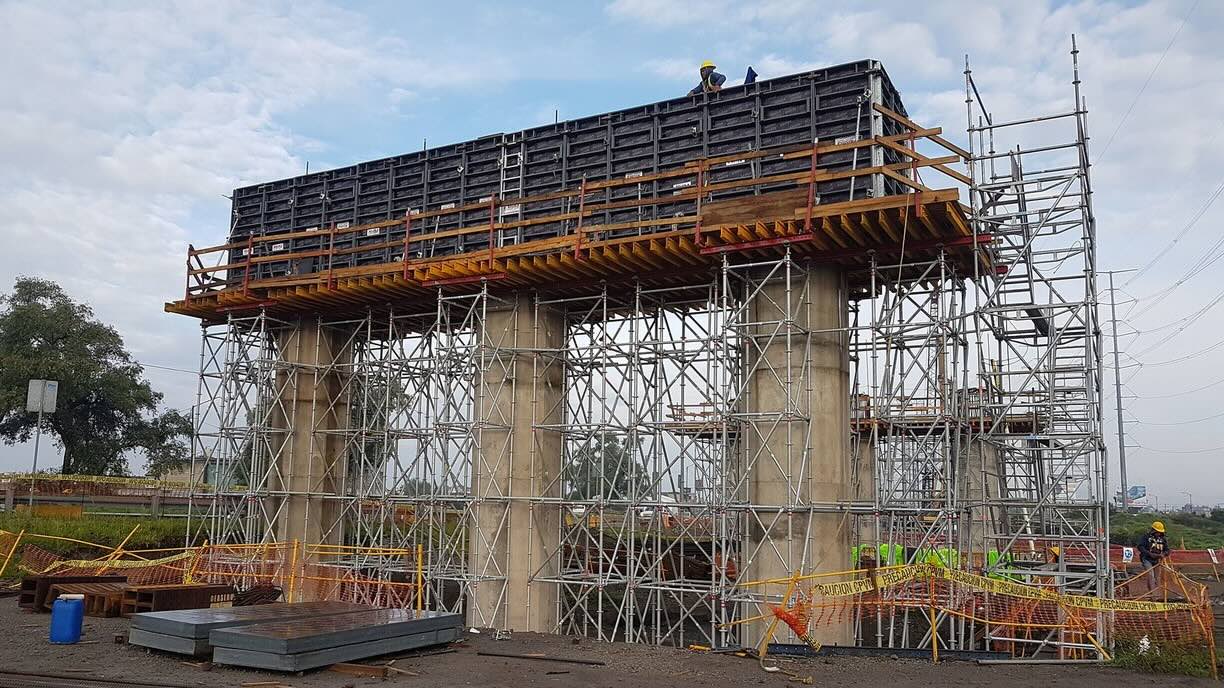

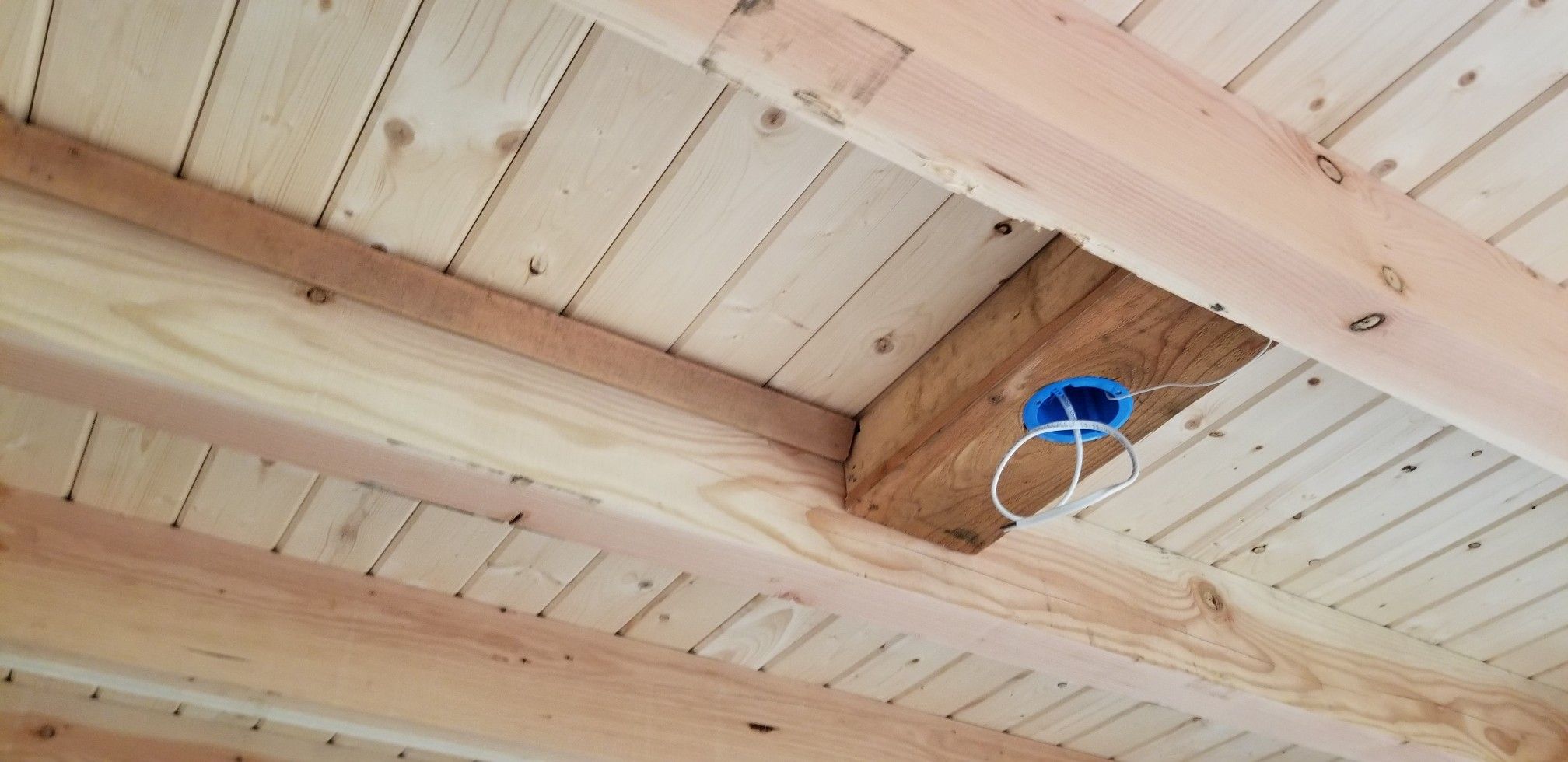
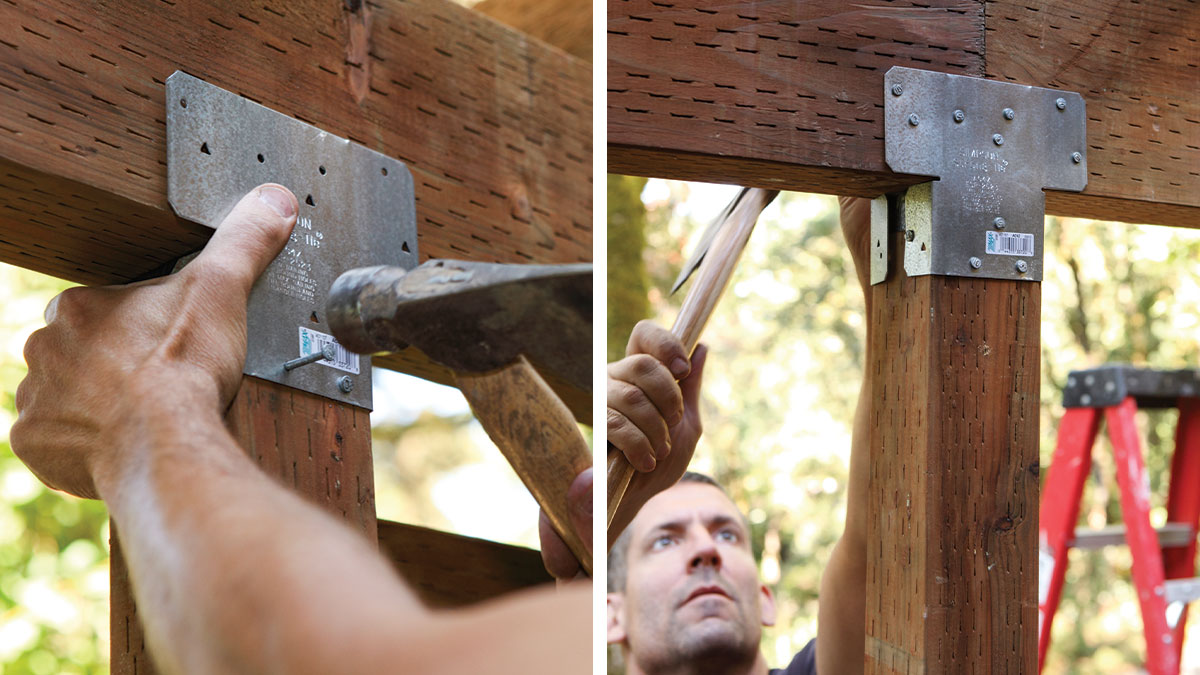


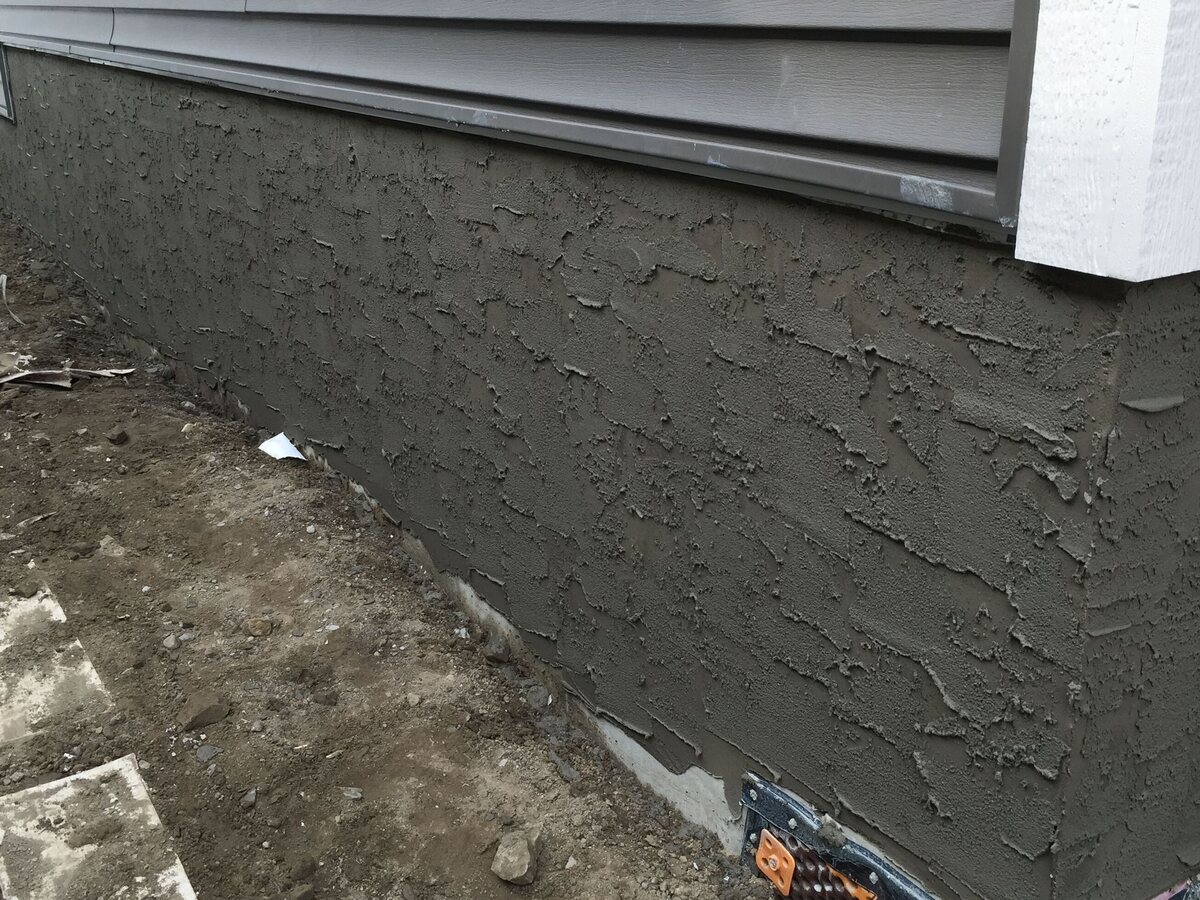
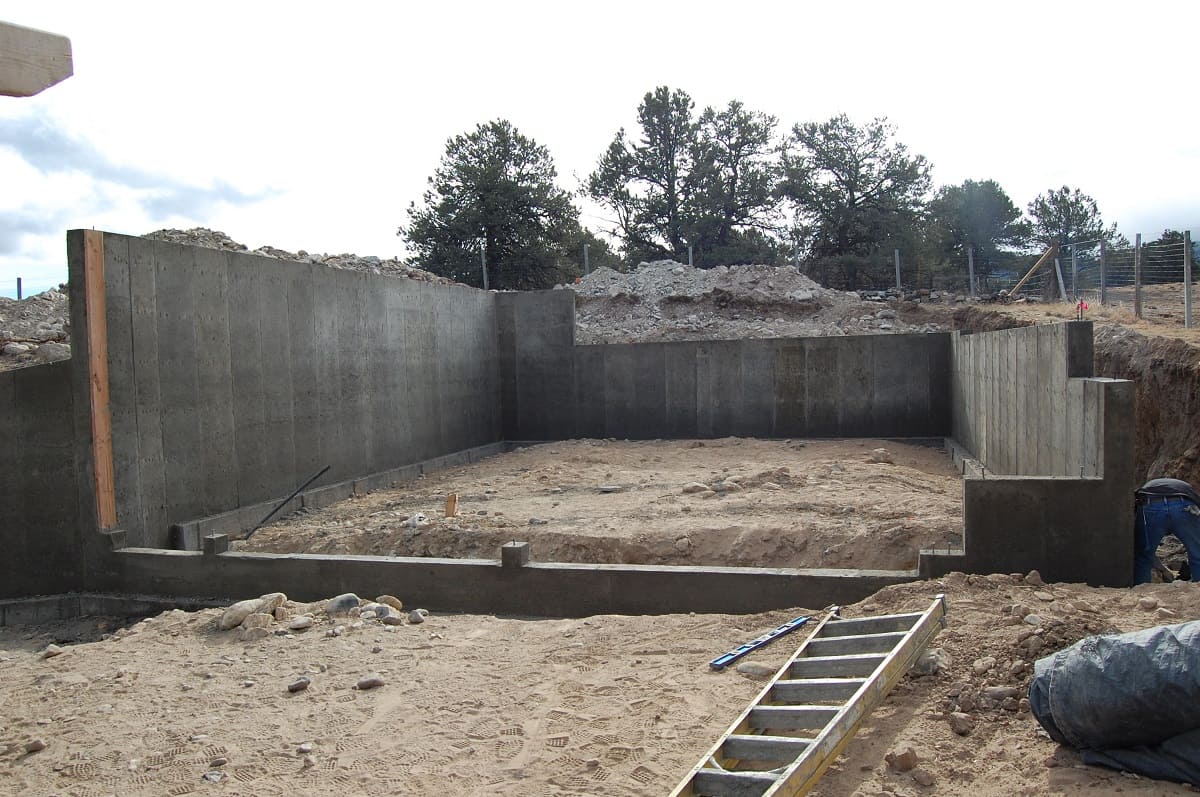
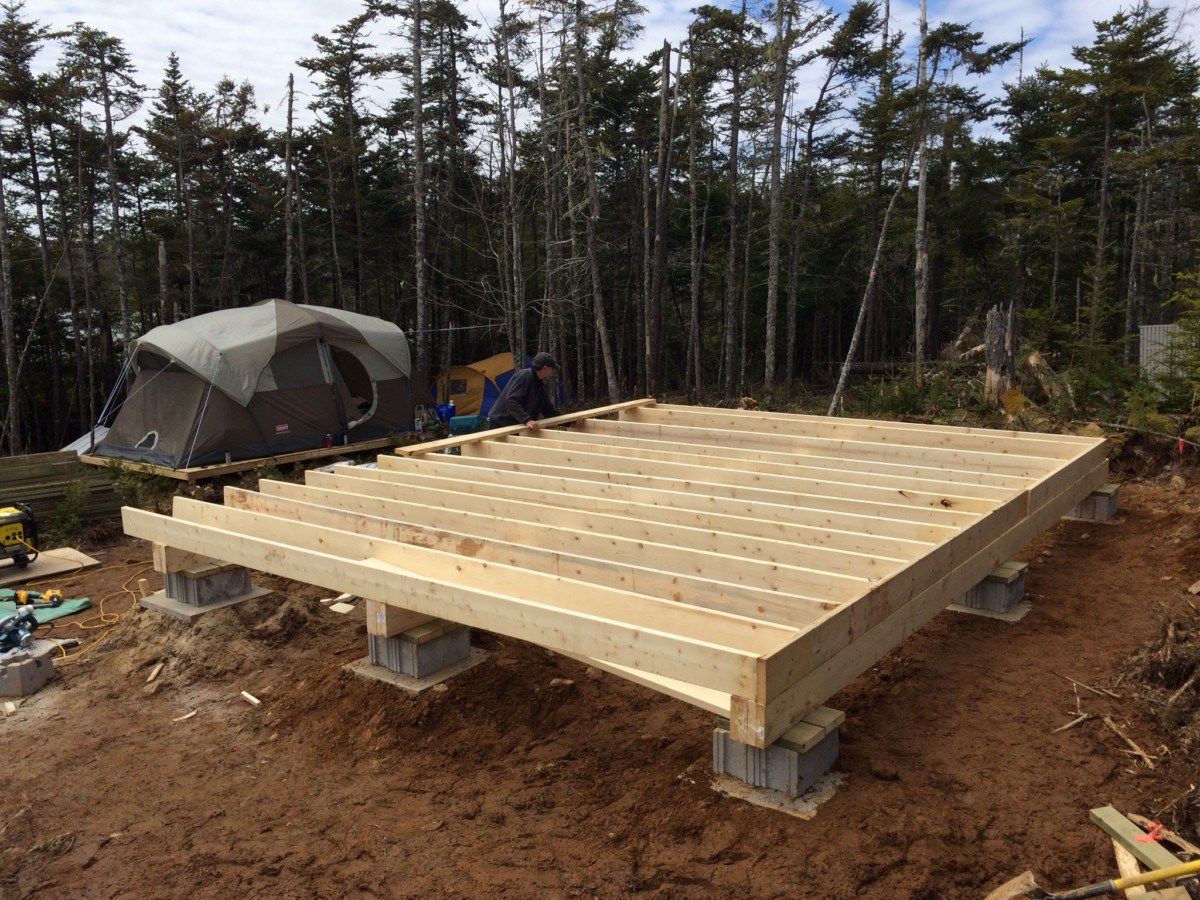
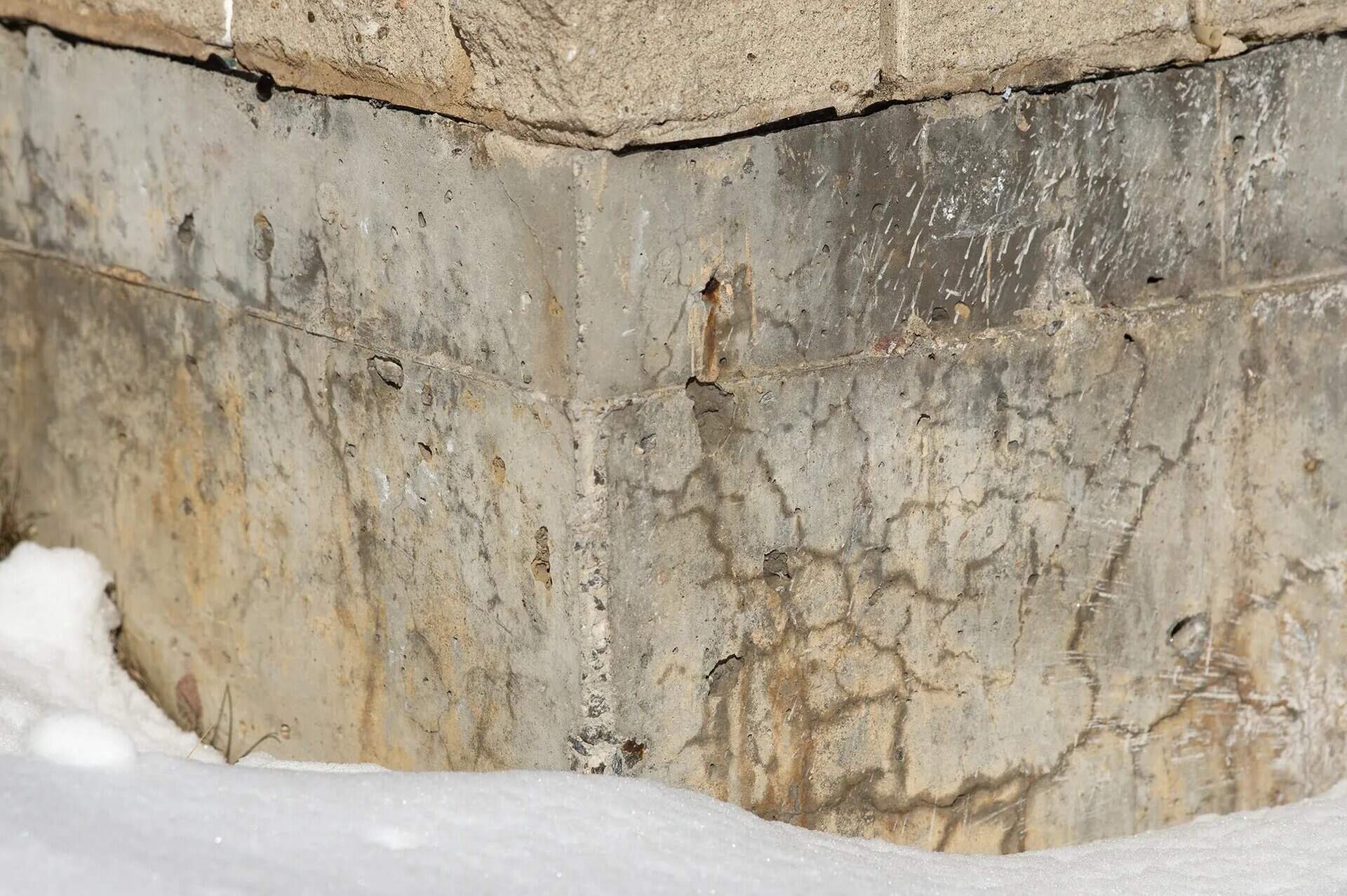
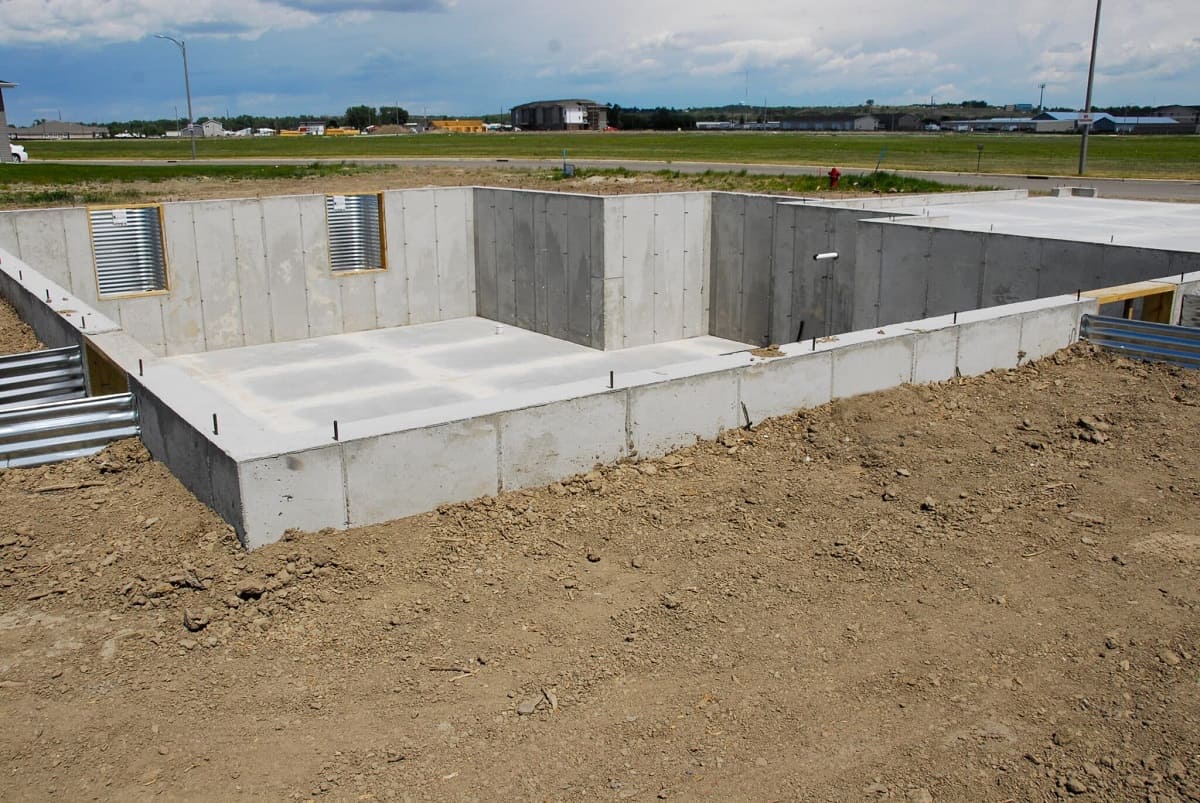
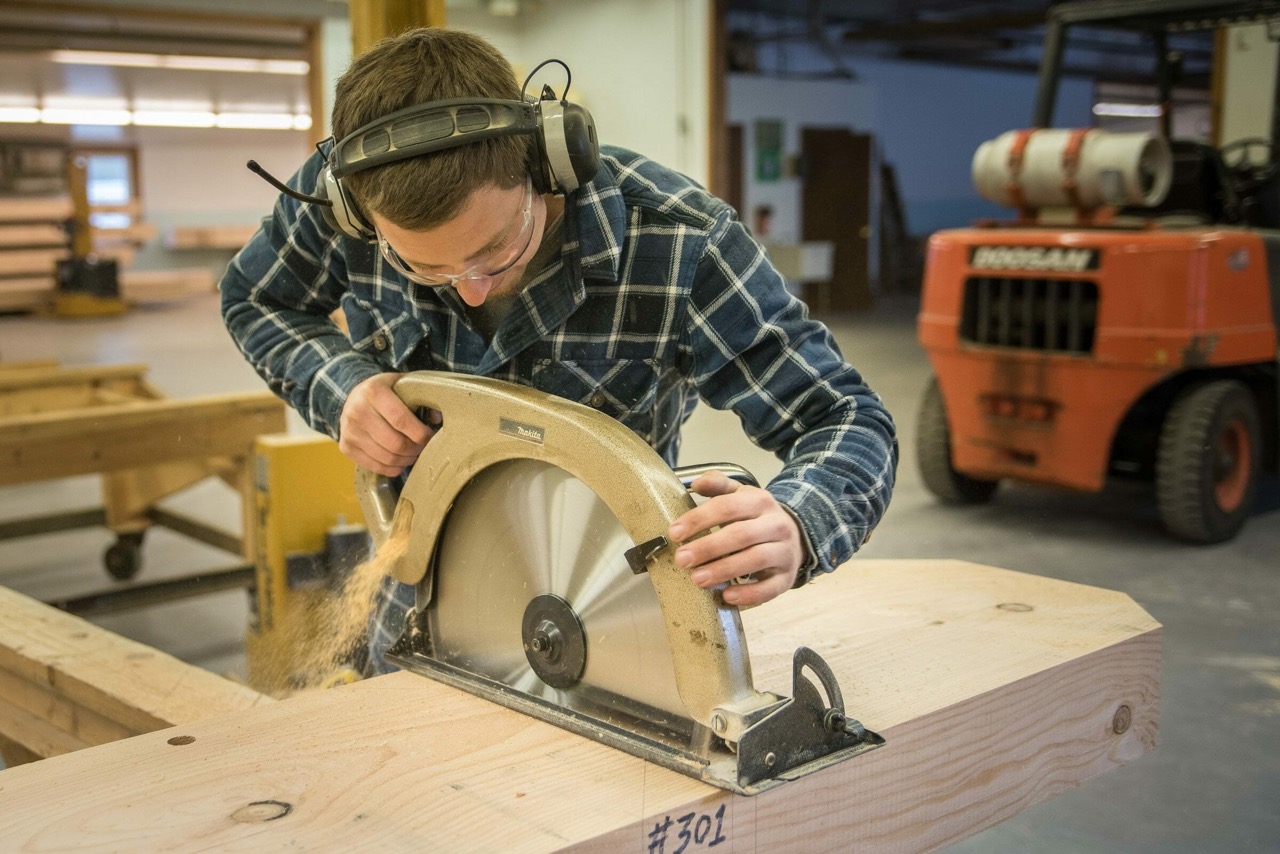

0 thoughts on “How To Repair Pier And Beam Foundation”